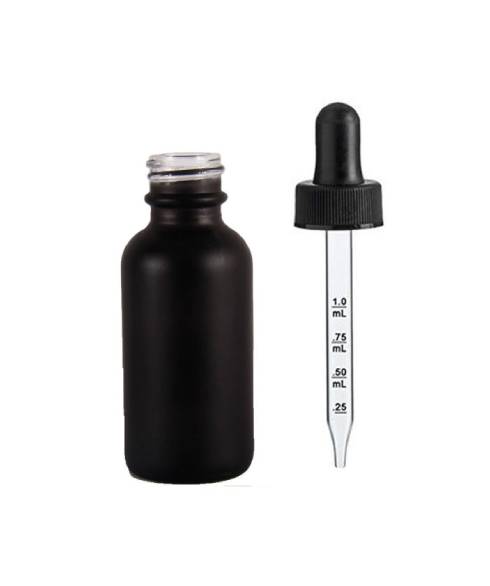Reagent bottles are also known as sealed bottles. Wooden cap blister glass bottles and Child Resistant Glass Jar With Black Lid are commonly used in our life. Reagent bottles commonly used in daily life are generally used to package cosmetics, medicines and other liquids. Today I want to talk to you about how to use reagent bottles, the precautions for using reagent bottles in chemistry, and how to use them.

Reagent Bottles
There are generally white and brown. Brown Reagent Bottles are used to contain reagents or solutions that are easily separated when they see light, such as iodine solution, silver nitrate, potassium permanganate, potassium iodide, etc. Reagent bottles have a grinding mouth and not grinding mouth two. Generally speaking, not grinding mouth reagent bottle is used to contain alkali or concentrated salt solution, the use of rubber or cork, in order to prevent the reagent crystallization or dissolution, so that the glass stopper and the bottle mouth combined and not easy to open. The grinding bottle is filled with acid, no - strong alkaline reagents or organic reagent solutions, etc. When using, pay attention to the original bottle with the original stopper, bottle number and stopper to meet the benefits of sealing, to avoid evaporation of the solution and change the concentration. When the reagent bottle is not in use, it should be cleaned and a piece of paper should be placed between the mouth of the bottle and the stopper to prevent mutual adhesion after long time use. Reagent bottles can only be used for storage of reagents, can not be used as heating containers, and can not be filled with sudden cold and hot reagents, and can not be used to prepare solutions, and store concentrated alkali, concentrated salt solution in the bottle. Reagent bottles have large and small mouths, large mouths are used for solids, small mouths are used for liquids. The specifications range from 30 ml to 20,000 ml.
1. Select a suitable volumetric flask.
2. Check the volumetric flask for leaks.
3. Fill the volumetric flask with a small amount of distilled water. 4.
4. Put the stopper on and turn the volumetric flask upside down.
5. Turn the stopper 180 degrees and put the cap on.
6. After steps 2-3, no liquid leaks and it is ready for use.
Calculate the mass of solute required to prepare the solution of desired molar concentration and remove the mass of solute.
Dissolve the solute in a beaker with distilled water. Allow the solution to return to room temperature.
Transfer the solution to a volumetric flask using a glass rod and wash the beaker with distilled water 4-5 times. The washed liquid also needs to be transferred to a volumetric flask.
Most people use Glass Concentrate Containers in their lives. If you need glass concentrate containers, please send us an email.
Copyright © QINGDAO KUSH PACKAGING CO., LTD. All Rights Reserved
